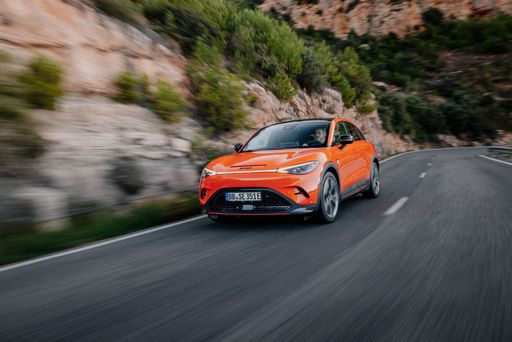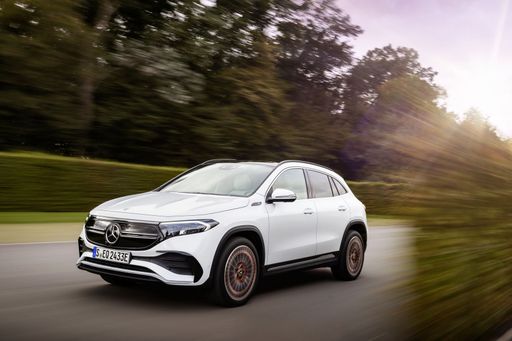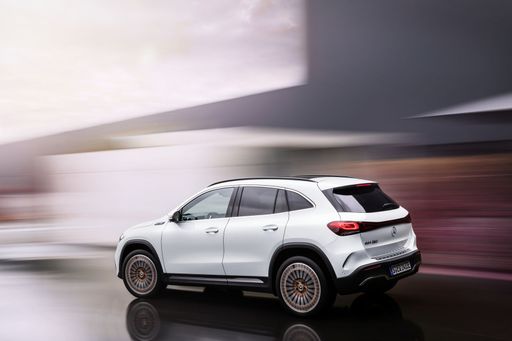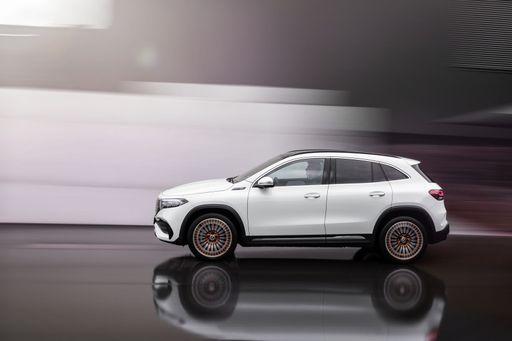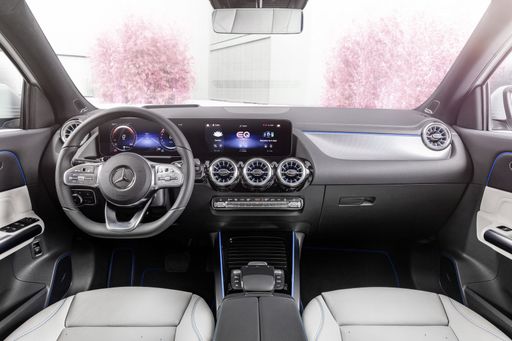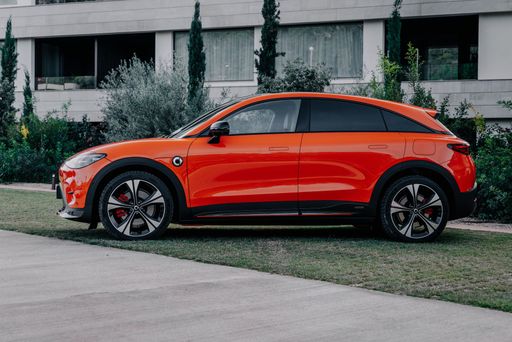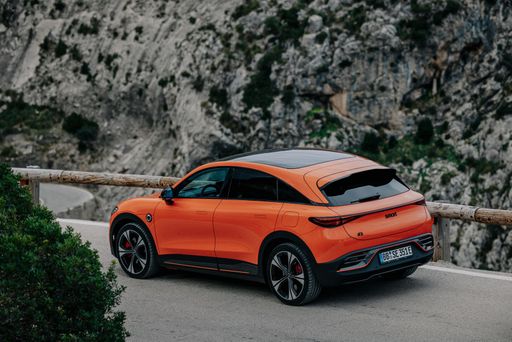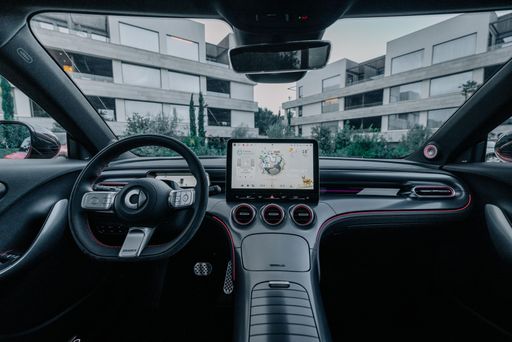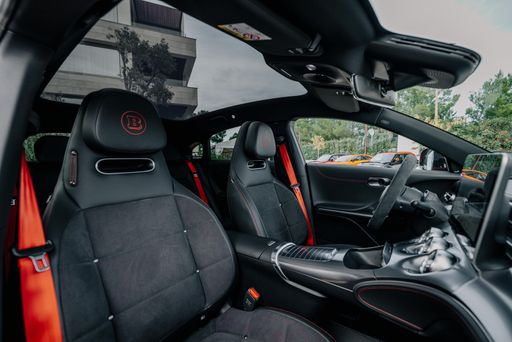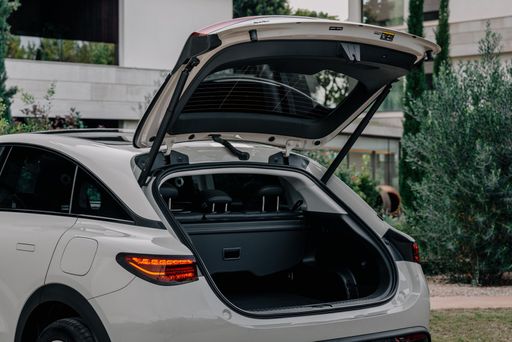Mercedes EQA vs Smart #3: Electrifying Comparisons
In the burgeoning world of electric vehicles, the competition is heating up, particularly in the compact SUV segment. The Mercedes EQA and the Smart #3 stand out among the offerings, each representing innovative approaches to the electric vehicle market. In this article, we explore the technical specifications, innovative features, and overall appeal of these two electric SUVs.

